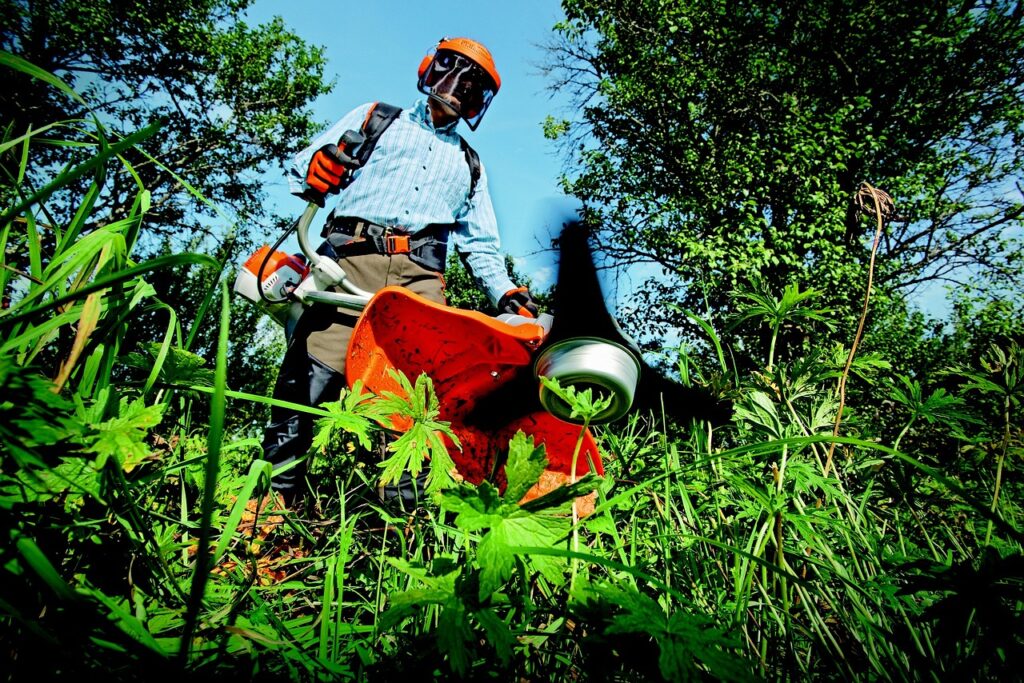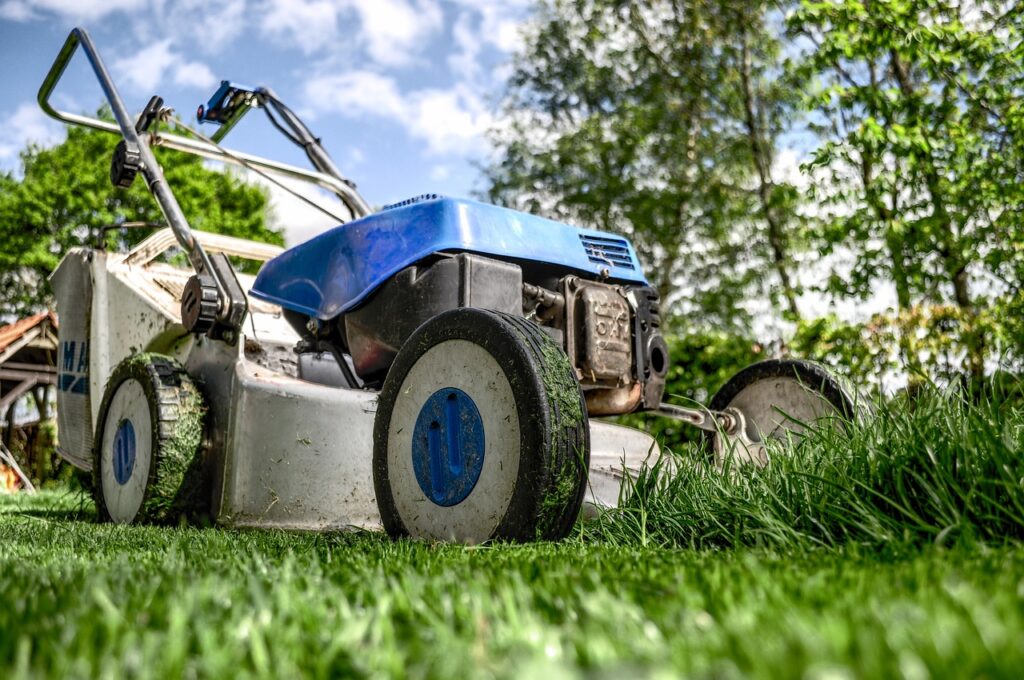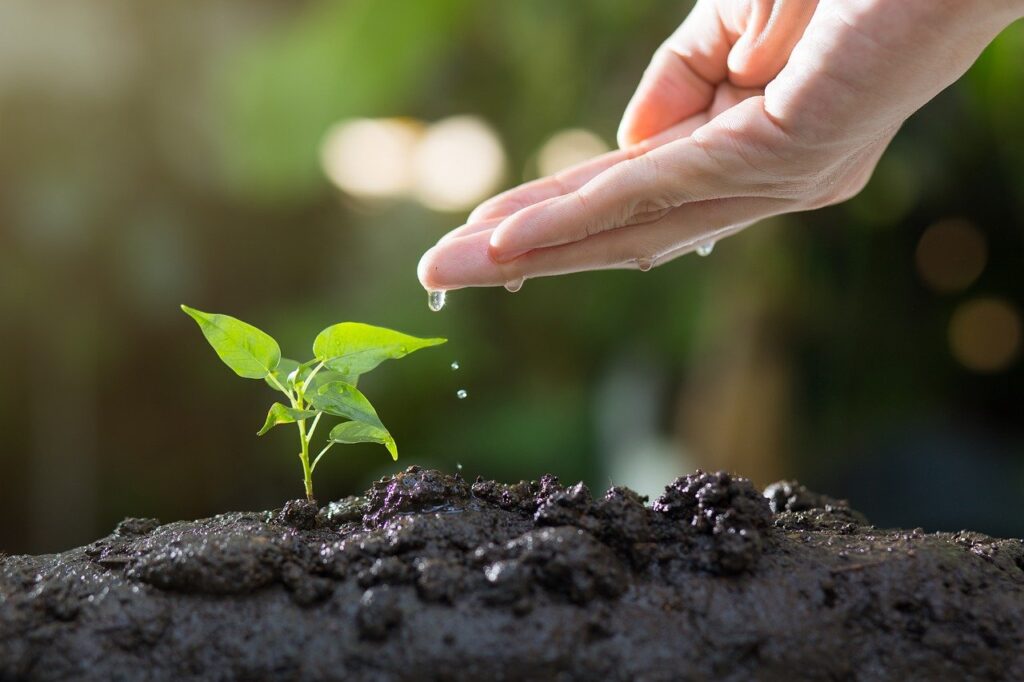What Is The Best Way To Deal With Compacted Soil?
What is the best way to deal with compacted soil?
www.sydneycaveclan.org for more.
Understanding Compacted Soil
Before we dive into the various ways to deal with compacted soil, let’s first understand what compacted soil is. Compacted soil occurs when the soil particles are pressed together, reducing pore space between them. This can lead to poor drainage, limited root growth, and decreased nutrient uptake by plants. Compacted soil can be caused by heavy foot traffic, machinery, or even nature’s own processes.
Signs of Compacted Soil
If you’re unsure whether your soil is compacted, there are a few signs to look out for. If water pools on the surface rather than being absorbed, if plants struggle to establish themselves or show signs of poor growth, or if the soil feels hard and difficult to dig into, these are all indicators that your soil may be compacted.
Testing Your Soil
Before you can effectively address compacted soil, it’s important to know the extent of the issue. Testing your soil can provide valuable information on its composition, pH levels, and nutrient content. There are DIY soil test kits available, or you can send a sample to a lab for a more detailed analysis.
Conducting a DIY Test
To conduct a simple soil compaction test at home, take a handful of soil and try to form it into a ball. If it holds its shape and feels hard to break apart, your soil may be compacted. Another method is to push a metal rod into the soil to see how deep it goes before meeting resistance.
Professional Soil Testing
If you want a more accurate and detailed analysis of your soil, consider sending a sample to a professional lab. They can provide information on nutrient levels, pH, organic matter content, and specific recommendations for improving soil quality.

Best Practices for Dealing with Compacted Soil
Now that you know your soil is compacted, it’s time to address the issue. There are several methods you can use to improve soil structure and promote healthy plant growth.
Aeration
Aeration is a common method used to alleviate soil compaction. This process involves creating small holes in the soil to allow air, water, and nutrients to penetrate deep into the root zone. There are manual tools like aerators or powered aerating machines available for this purpose.
Avoiding Traffic
One of the best ways to prevent soil compaction is to avoid heavy traffic in areas where plants are growing. Limiting foot traffic, machinery use, and other activities that put pressure on the soil can help maintain soil structure and prevent compaction.
Incorporating Organic Matter
Adding organic matter such as compost, mulch, or cover crops can help improve soil structure and fertility. Organic matter helps to bind soil particles together, creating a more stable and porous soil environment. This, in turn, promotes root growth and enhances soil drainage.
Mulching
Mulching is another effective way to combat soil compaction. Mulch helps to retain moisture, suppress weeds, regulate soil temperature, and improve soil structure. Organic mulches like wood chips, straw, or leaves can gradually break down and add nutrients to the soil, further improving its quality.
Using Cover Crops
Cover crops can also be used to mitigate soil compaction. Plants like legumes, clover, or rye grass can be grown between crops or in fallow fields to prevent erosion, add organic matter, and break up compacted soil with their root systems.
Mechanical Methods for Dealing with Compacted Soil
In some cases, mechanical methods may be necessary to address severe soil compaction. These methods involve using specialized equipment to break up compacted soil layers and improve soil structure.
Subsoiling
Subsoiling is a deep tillage method that involves breaking up compacted soil layers without inverting the soil. This process helps loosen the soil, improve root penetration, and enhance water infiltration.
Plowing
Plowing is another mechanical method that can be used to break up compacted soil. It involves turning over the top layer of the soil to bury weeds, incorporate organic matter, and loosen the soil structure. However, over-plowing can lead to soil erosion and loss of soil fertility.
Vertical Tilling
Vertical tilling is a method that involves using vertical blades to fracture compacted soil without disturbing the soil surface. This process helps improve soil aeration, water infiltration, and root growth while minimizing soil erosion.

Chemical Solutions for Compacted Soil
In some cases, chemical solutions may be used to address compacted soil, although these methods should be used sparingly and with caution.
Soil Amendments
Soil amendments like gypsum, lime, or sulfur can be used to adjust soil pH levels and improve soil structure. Gypsum, in particular, can help break up clay soils, reduce compaction, and improve water penetration.
Soil Conditioners
Soil conditioners are products that can help improve soil structure and reduce compaction. These products contain organic matter, humic acids, or beneficial microbes that help break down soil particles and promote healthy soil biology.
Prevention and Maintenance Tips
Preventing soil compaction is key to maintaining healthy soil structure and promoting plant growth. Here are some tips to prevent soil compaction and maintain soil health:
- Avoid working in wet conditions when soil is most vulnerable to compaction.
- Implement no-till or minimum tillage practices to preserve soil structure.
- Rotate crops to prevent soil exhaustion and improve soil fertility.
- Use raised beds or containers for gardening in areas prone to compaction.
- Plant cover crops to protect the soil, add organic matter, and improve soil structure.

Conclusion
Dealing with compacted soil can be a challenging task, but with the right strategies and methods, you can improve soil structure, promote healthy plant growth, and enhance overall soil health. Whether you choose to aerate, incorporate organic matter, use mechanical methods, or apply chemical solutions, taking proactive steps to address soil compaction will benefit your garden, lawn, or farmland in the long run. Remember to test your soil, implement best practices, and stay consistent with your soil management efforts to enjoy the rewards of healthy, vibrant soil.

Comments are closed